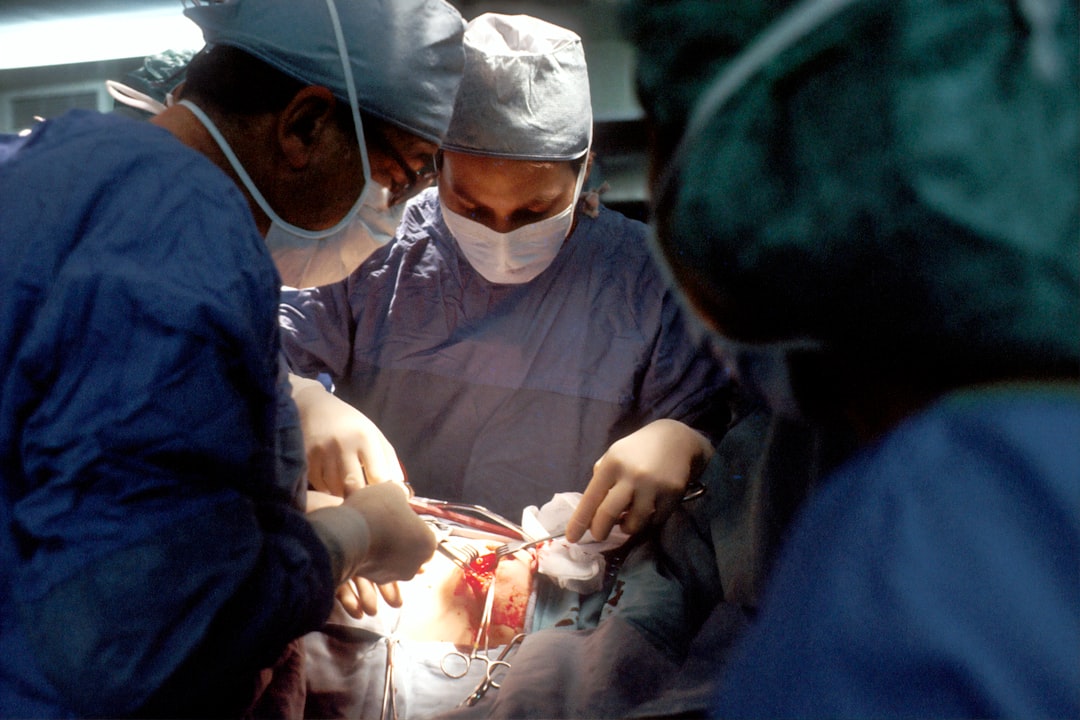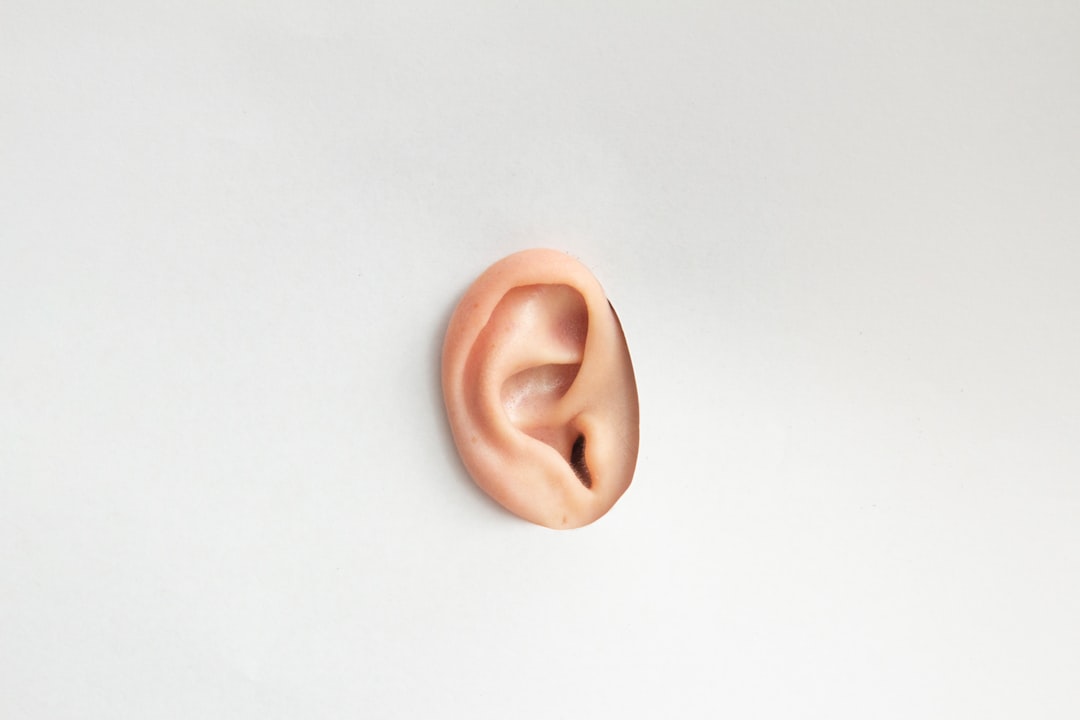What is it about?
We tried to find out the reason(s) for stabilization of p53 when it it is mutated in human cancers. We found that mutant p53 stability is variable in different human cancers and cancer cell lines. This does not depend on any physical properties of the mutant protein, but, at least in breast cancers, is related to MDM2 aktivity. It seems tha mutant p53 stability is not an inhernt property but is due to the tumour cell environment.
Featured Image
Why is it important?
Mutations in p53 are very common in human cancers. The mutant protein can act as an oncogene. Therefore, understanding how mutant p53 is stabilized is of general importance for understanding cancer. Moreover, because we found that genotoxic agents act to stabilize mutant p53, the finding have implications for common cancer chemo- and radio-therapy approaches, since these will also stabilize mutant p53 and may cause unwanted oncogenic effects.
Perspectives
It has been something of a mystery that mutant p53 (caused by mis-sense mutations) can be detected immunohistochemically by the presence of large amounts of stabilized p53 protein. We wanted to investigate why this should be so. We looked at whether specific mutations (in terms of the physico-chemical properties of the mutant protein) influenced stability and found this was not the case in primary human cancers and human cancer cell lines. However, agents that stabilize wild-type p53 also stabilized mutant p53. In human breast cancer samples, there was a correlation between p53 stabilization and the specific tumour sub-type, and an inverse correlation with the level of MDM2. The data show that human cancers are responsible for regulating p53 mutant stability and that this oncogenic protein could be enhanced by certain treatments, although there is also now the possibility to reduce mutant p53 activity as a therapy for human cancer.
Dr Philip J Coates
Masarykuv Onkologicky Ustav
Read the Original
This page is a summary of: Mutant p53 accumulation in human breast cancer is not an intrinsic property or dependent on structural or functional disruption but is regulated by exogenous stress and receptor status, The Journal of Pathology, May 2014, Wiley,
DOI: 10.1002/path.4356.
You can read the full text:
Contributors
The following have contributed to this page










